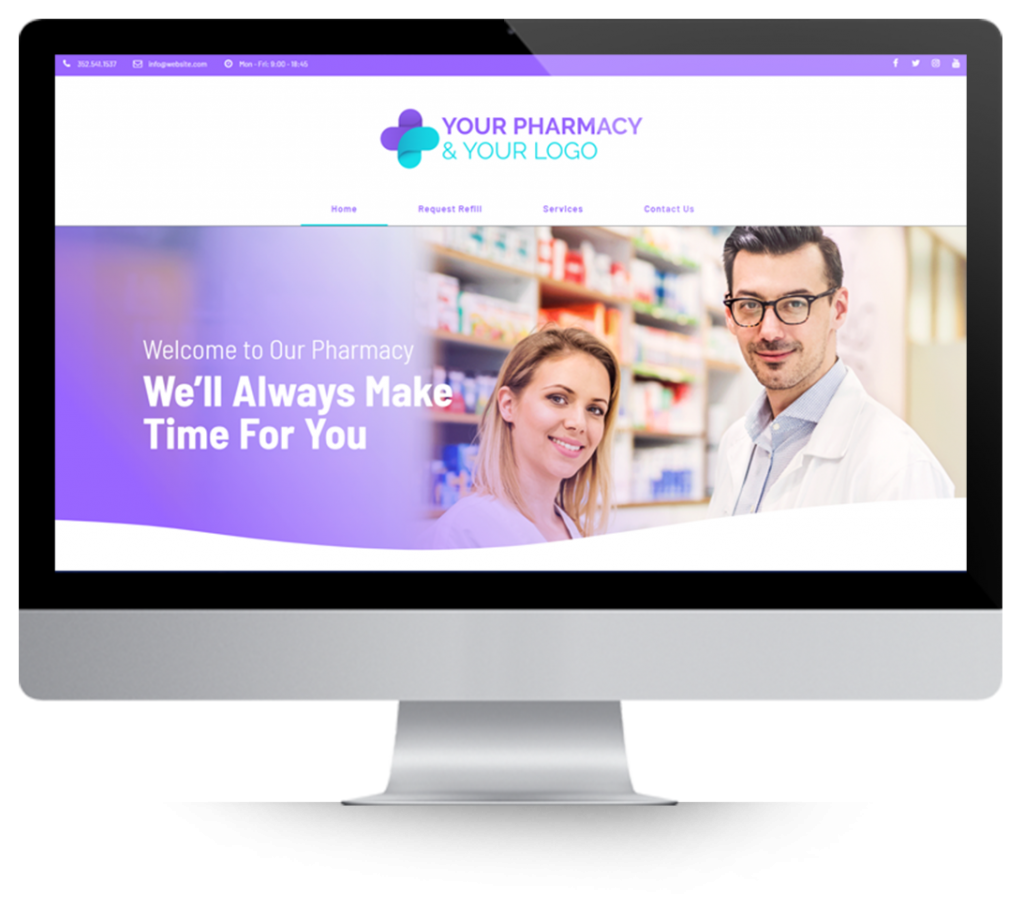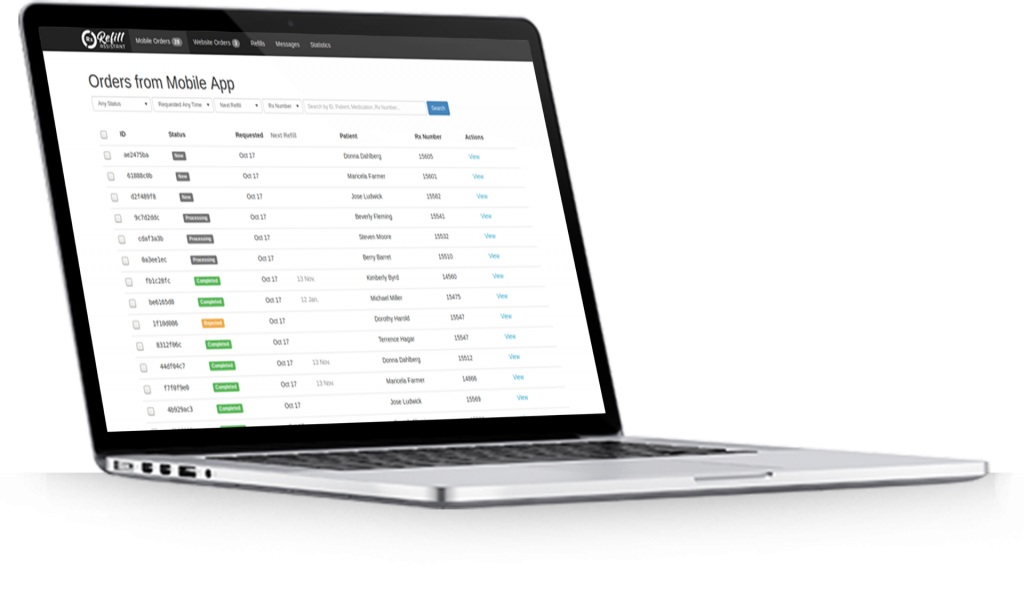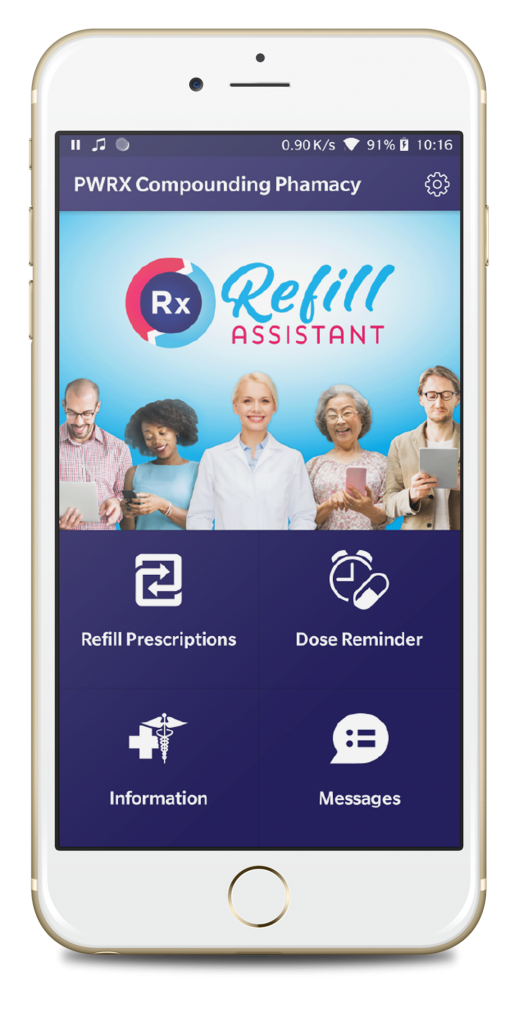Google AdWords Overview
Google has indexed the web and built a strong advertising platform on matching a Google user’s search query with a list of matching websites.
Google is the largest search platform comprising over 75% of all searches world-wide fielding more than 3.5 billion search queries every day. Google is considered the leader in paid search advertising.
A Google user enters a search query (a word or a phrase) that best describes what the user is searching for. Google will respond with a list of matching websites. The list will contain both paid and unpaid results.
To get on that list of results, you have 2 main options.
- You pay Google for the search queries (keywords) that your patients might use. This is known as Paid Search or in Google’s case AdWords.
- Or you can optimize your website to rank for for the search queries that your prospective patients might use. This is known as Search Engine Optimization or SEO. This results in an unpaid or an organic listing.
For example, if a patient enters a sentence or question like “help with hot flashes”, she is presented with a list of results that Google calculates to be relevant.
If you have paid for the keywords “help with hot flashes” and your ad is relevant, your community pharmacy’s ad will appear in box 1. All other factors being equal, the more you pay the higher you appear on the results list.
Likewise, if you have optimized your website for “help with hot flashes”, your webpage result will appear in box 2.
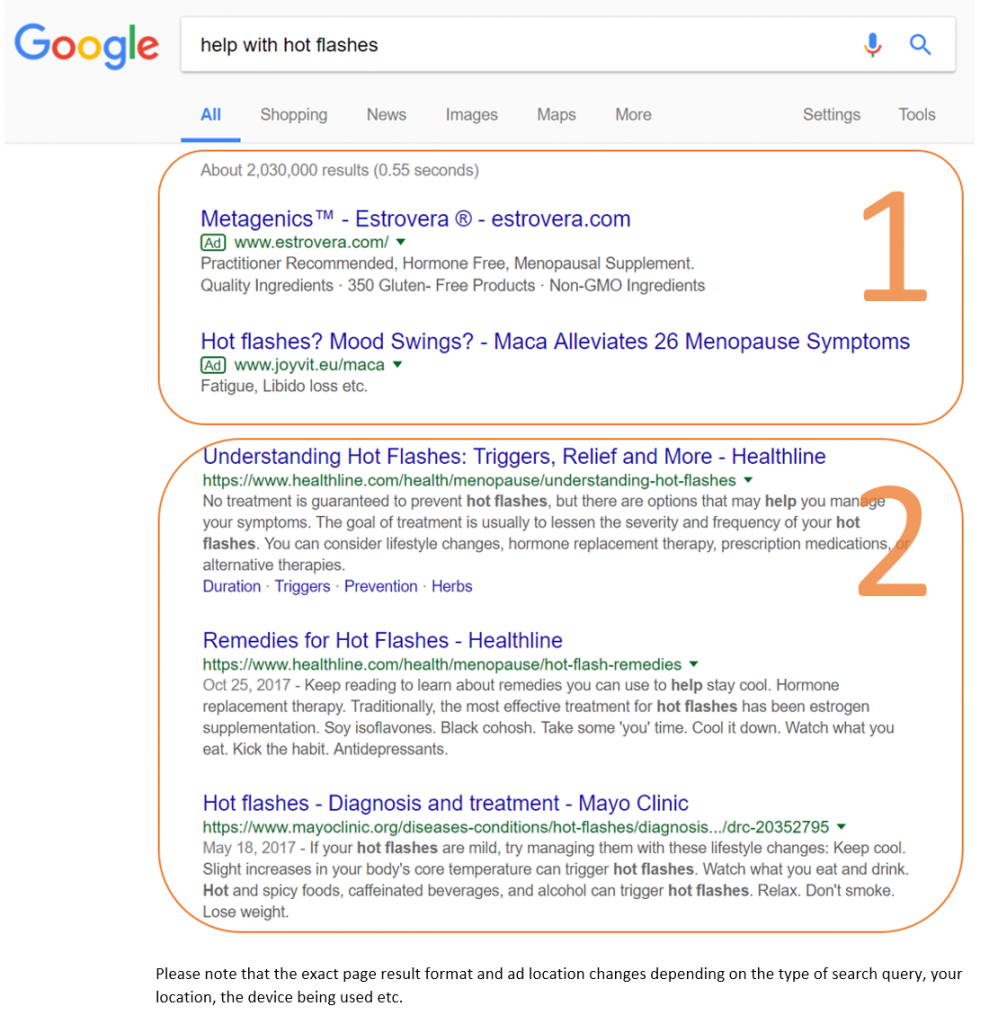

The key to Google AdWords is to use the phrases that your prospective patients might be using to search for the services that you offer.
Let’s take another search example: a prospective patient might type in “hormone replacement for menopause”. Again, if you have optimized your website for this search query or bought the relevant keywords, you can advertise to her when she searches.
From a pharmacy perspective, both of terms “help with hot flashes” and “hormone replacement for menopause” could lead to the same conclusion i.e. that this Google user is a probable candidate patient for BHRT.
But there is a significant difference and that relates to how close the patient is to making a purchase decision.
The search query “help with hot flashes” indicates that the Google user is in an investigation phase “help with” and looking to determine what could be causing the problem of “hot flashes”. This user is open to explanations and all treatment options. At this point, nothing has been ruled in or out.
Whereas, the phrase “hormone replacement for menopause” indicates the user is in a purchase phase. The word “menopause” indicates she knows about the problem and is looking for a solution “hormone replacement”. That means the patient has diagnosed (or been diagnosed) plus partly solved the problem. She has probably eliminated some options and narrowed down her choice to 1 or 2 others.
In other words, she is close to a purchase decision. This is good if you (a) optimized your website well enough for it to rank for these words or (b) bought the keywords. But bad if neither is true.
If you can get the keywords right, Google AdWords helps you to find new customers.
Facebook Ads Overview
Google may have indexed the web, but Facebook has indexed humanity (or at least the 2 billion+ people who use it.)
So, advertising your pharmacy and your pharmacy’s services works in a different way to Google AdWords. Instead of using keywords, you create an audience with Facebook’s filters and you match content to that audience.
The audience filters include:
- Demographic information which allows you to find people based on traits such as age, gender, relationship status, education, workplace and job titles.
- Location information to reach people in the areas your pharmacy services.
- Interests enables you to find people based on things of interest, such as hobbies, entertainment, sports, shopping and more.
- Behaviors filters creates an audience filter based on factors such as their purchasing, financial or travel behaviors.
For example, you can create an audience of women over 30 years with children, a household income over $100,000, with an interest in wellness. You can also target their location. Let’s say within a 20-mile radius of your pharmacy.
Such an audience would have the spending power or insurance to cover specialist pediatric medicines e.g. compounded pediatric drugs. The audience would also be located within a convenient distance of your pharmacy. Let’s call this audience Moms with Kids.
Once you create the audience, Facebook gives you the opportunity to tell your unique story to this highly targeted audience of prospective patients – Moms with Kids. For example:
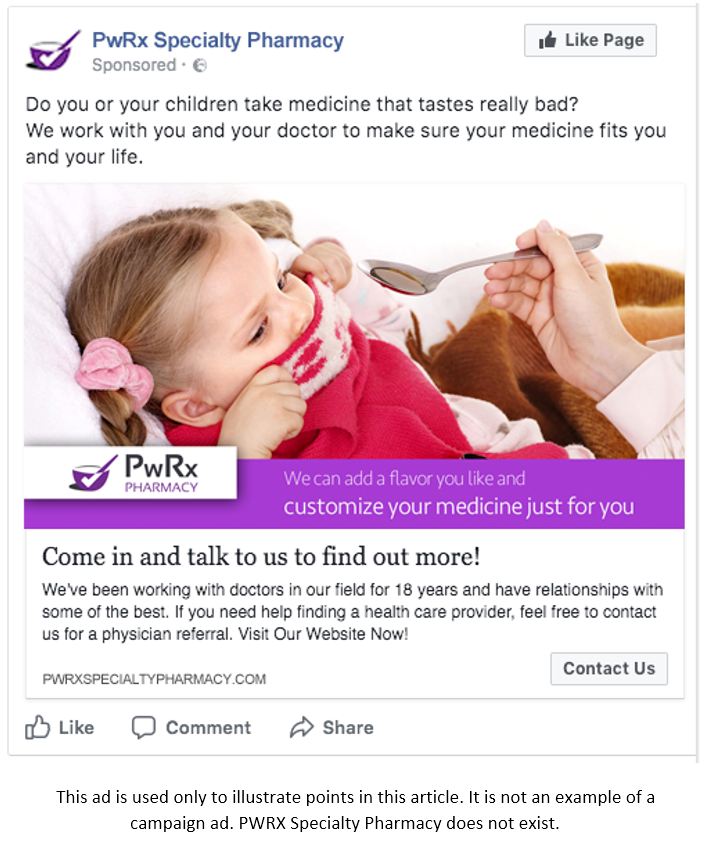

But what if this ad was targeted at the same audience with 1 difference – that difference being the “with kids” filter has been removed. Therefore, people in this version of the audience may or may not have kids. Would the ad be as effective? Definitely not.
It is an obvious example to serve the point that audience and content matching is extremely important. The better the audience-content match, the better the ad performs.
Another example of an audience is a Menopause audience which would comprise women 45-55 plus other Facebook audience filters.
Unlike Google AdWords, this Facebook Menopause audience does not need to be familiar with menopause related words such as “help with hot flashes” or “hormone replacement for menopause”. They don’t need to know nor use words like HRT or BHRT. Nor do they need to be actively looking for a solution.
Rather for this Menopause audience, you could communicate on your Facebook ad that “bio-identical hormone replacement therapy is a more natural type of hormone replacement personalized for you. Plus, it helps with hot flashes. Please drop in for a personalized consultation.”
If you can get the audience-content matching right, Facebook helps new customers find you.
In Summary, the Differences…..
On the face of it, using either Facebook ads or Google AdWords may seem to be very similar in that advertisers are essentially promoting their business via the internet. But that is where the similarities end.
Google AdWords helps businesses find new customers via keywords. AdWords assumes user knowledge about the types of products and services offered.
Whereas Facebook ads helps users find business based on the things they are interested in and the ways in which they behave online.
In short, Google AdWords helps you to find new customers. Facebook helps new customers find you.
Should I use Facebook or AdWords?
Both platforms can be used in parallel, so it does not have to be an either-or decision. It really depends on your specific business. And indeed, many businesses use both tools.
But we believe pharmacy to have very unique requirements. By definition, a community pharmacy services therapeutic, testing and geographic niches not fulfilled by large chain pharmacies. The fact that your pharmacy serves these niches may not be known by consumers. Thus, consumers may not know what words to use to search for a solution you offer.
And even when they do, our analysis, suggests that keywords associated with menopause related therapies such as “help with hot flashes” or “hormone replacement for menopause” will have a limited impact due to a combination of low search volume and the local nature of a community pharmacy.
Facebook works differently: you select an audience and match them with appropriate content in your chosen communities. Facebook ads helps users find pahmacies based on the things they are interested in and the ways in which they behave online. In turn, Facebook gives you the opportunity to tell your unique story to a highly targeted audience of prospective patients.
You could, for example, communicate to a targeted audience that bio-identical hormone replacement therapy is a more natural form of HRT personalized for the individual patient. The audience don’t need to know the specific words to express what they are feeling. They just need to recognize the words when presented to them. Repeat the words often enough and you become part of the narrative for that audience. Over time your business and BHRT becomes a key part of their decision.
Refill Assistant specializes in social advertising for community pharmacies.





